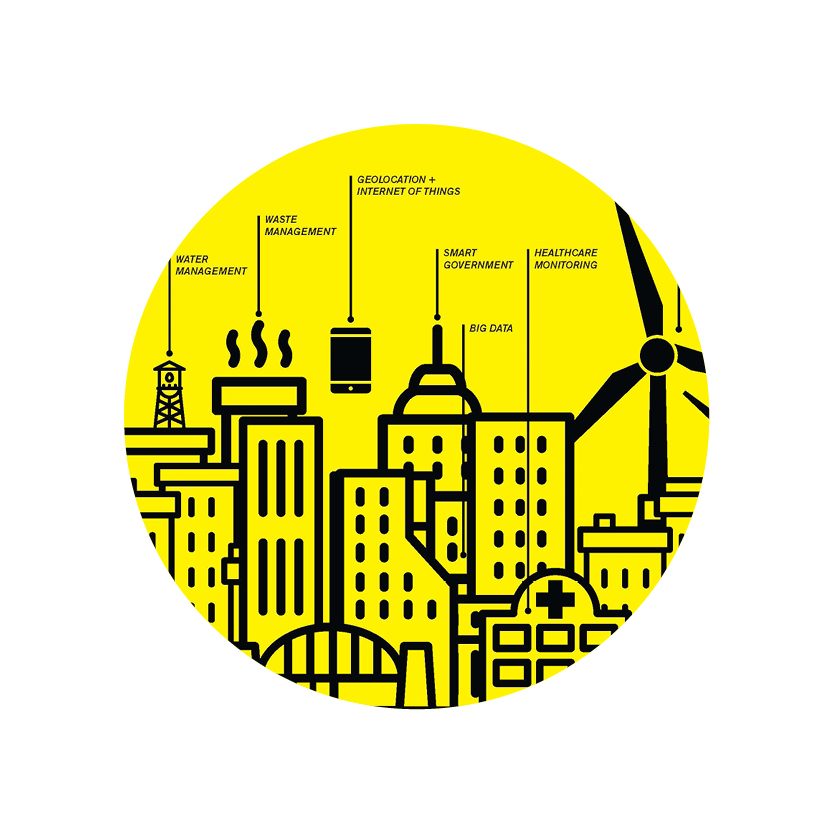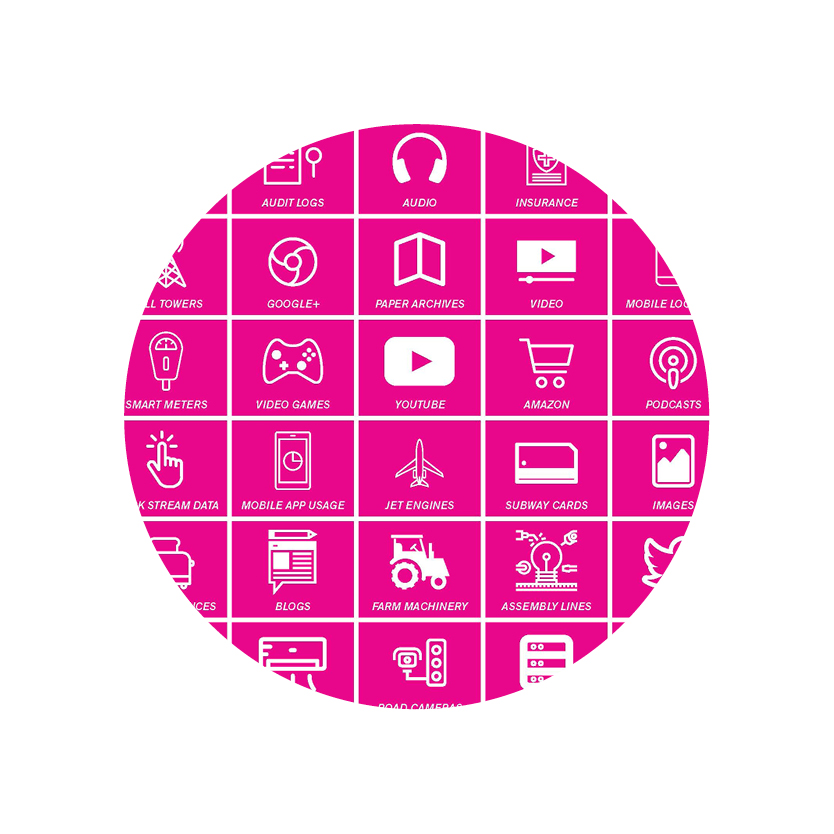Defining Public Space
The concept of public space has evolved as our technology, media, economy and culture have evolved. Today, public space has changed to encompass both physical features and virtual social networks. As we move towards a more virtual world with the advent of smart cities, social media, and augmented reality, there is the opportunity for the technological world to act on public space.
Arrowstreet sees the potential for augmented reality to fill our future public spaces with rich and varied experiences. These experiences could be supplemented and informed by our digital and social data, tailoring them to the community.
Privatization
As more public spaces in our cities have become privately owned, the public increasingly gathered on Internet forums, blogs and social media.
The Internet
Since the invention of the internet in the 1980's, our public spaces and social networks have expanded and shifted to the digital realm.
Smart Cities
Digital technology has enhanced our interaction and engagement with the places we live. This technology has the potential to further evolve our interactions with public spaces.
Big Data
As our interactions and experiences shift to the digital realm, more and more mass data is available for analysis of human behavior patterns and trends.
Augmented Reality
Augmented Reality technologies create the potential for a malleable, interactive public space environment.
A New Potential
Our cities have the potential to become a myriad of new public spaces each offering a uniquely rich experience layered upon one another. For example, a public space could be designed in an alleyway with moveable seating and augmented reality technologies to enhance the space.
Social Connectivity
The way one gathers or moves through a space could be reflected in the behavior of the augmented reality technology. A layer could be added to this by connecting a space to a social media platform, such as Twitter.
A Responsive Environment
Connection to Twitter could allow users to directly interact with a space through user data or hashtags. Public space could shift to respond to the tone or meaning of this content.













